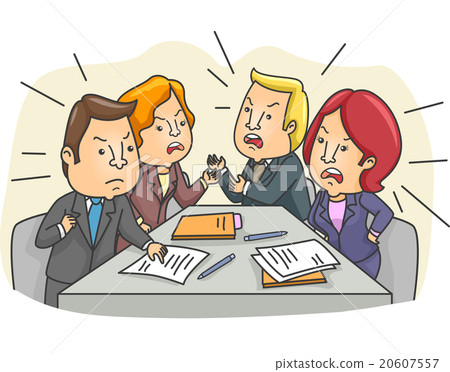Chapter 4 Summary
Sheryl Nussbaum-Beach and Lani Ritter Hall write chapter 4 of "The Connected Educator" about building a “Collaborative Culture”. This culture is intended for professional environments where the group is working towards a common goal. The ideal collaborative interactions being collegiality. This method of professional relationship building is based around better socializing between colleagues to allow the group to grow together instead of primarily benefiting individual growth. This type of professional interaction also revolves around respecting the people one is working with enough to have open challenges of their input in an open discussion. This type of professionalism allows for challenges of status quos that may otherwise lead to the lack of innovation in policy and procedures of a workplace or learning community. In the science world if people did not challenge how we did things, our species would not be anywhere as technologically advanced as it is. In my field of study collegiality is a necessary tool to ensure research is scientifically sound.
In this chapter congeniality refers to people working well together but only at a surface level, interactions are mainly just courteous conversations and attending obligatory events such as meetings and birthday celebrations. Making sure no feathers are ruffled is the general idea of congeniality. For example attending a meeting on basic training of new lab equipment is congenial. Sitting around the new machine with your colleagues comparing new tricks to get better results. While discussing said machine, my coworker and I can have a disagreement and think each other is not using the optimal techniques but still have a good working relationship. This is being collegial in a workplace environment.
The authors also bring up the caveat of collegiality from Tuckerman’s(1965) model, being that a group must have a common goal or vision. People are still only being polite to each other at this point. After the group has a set targeted end result, collaboration flows between three phases of interactions to achieve the objective. In my working environment that would mean defining what a study revolves around. The fluid phases are “Storming, Norming, and Performing”. I have some examples from my time competing in indoor percussion tournaments in the past. These tournaments are where groups of percussionists are judged on each group's 8-11 minute performance. Here is an indoor percussion performance from Cavaliers’ 2015 performance Send in The Clowns for reference.
Storming is where everyone in the group is researching and learning about the subject at hand. The clashing of ideas in open discussion on how to achieve the group’s objective once people gain preferences. The storming step for any competition is typically the same: learn the music, learn the choreography, and be able to adjust when things go wrong. Learning the music in sections based on instruments. The performers are learning how to play the pieces and choreography together. It is a fairly messy and strenuous time.
Norming is the group learning how to respectfully interact with each other when they have disagreements, and as the name suggests they gain a set of norms for different situations. This is usually due to projects being due or stage timelines approaching. At this point in the analogy the groups have formed the groups etiquette and start to play the music together. This is usually when the first performance is a couple of weeks away.
Performing, at this point the group has a stable set of norms and they are able to criticize and critique freely while moving towards their goal. Discussions are not formally organized at this point, and flow erratically. The final portion of this analogy fits perfectly, this is the final day where the group actually has to perform. There is usually an intense rehearsal at the location before the performance. Talking and bickering are at a minimum but valid critique is concise between individuals. Once the performance starts there is no talking so participants must adjust on an individual basis to achieve a flawless performance.
Citation
The Connected Educator: Learning and Leading in a Digital Age, by Sheryl Nussbaum-Beach and Lani R Hall, Solution Tree Press, 2012, pp. 73-89.
Tuckman, B. (1965). Developmental sequence in small groups. Psychological Bulletin, 63, 384-399.



Comments
Post a Comment